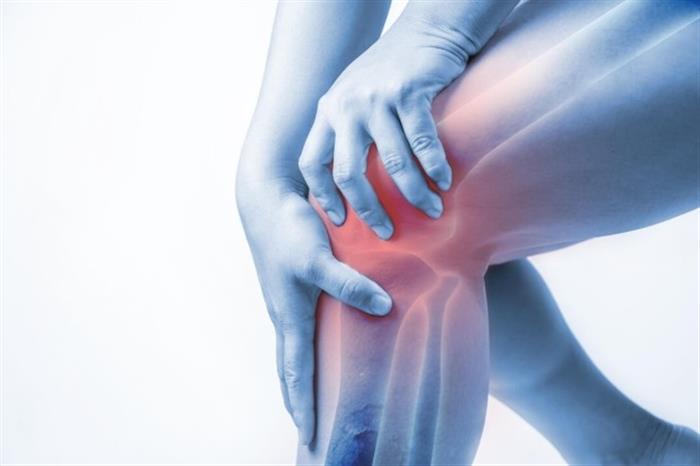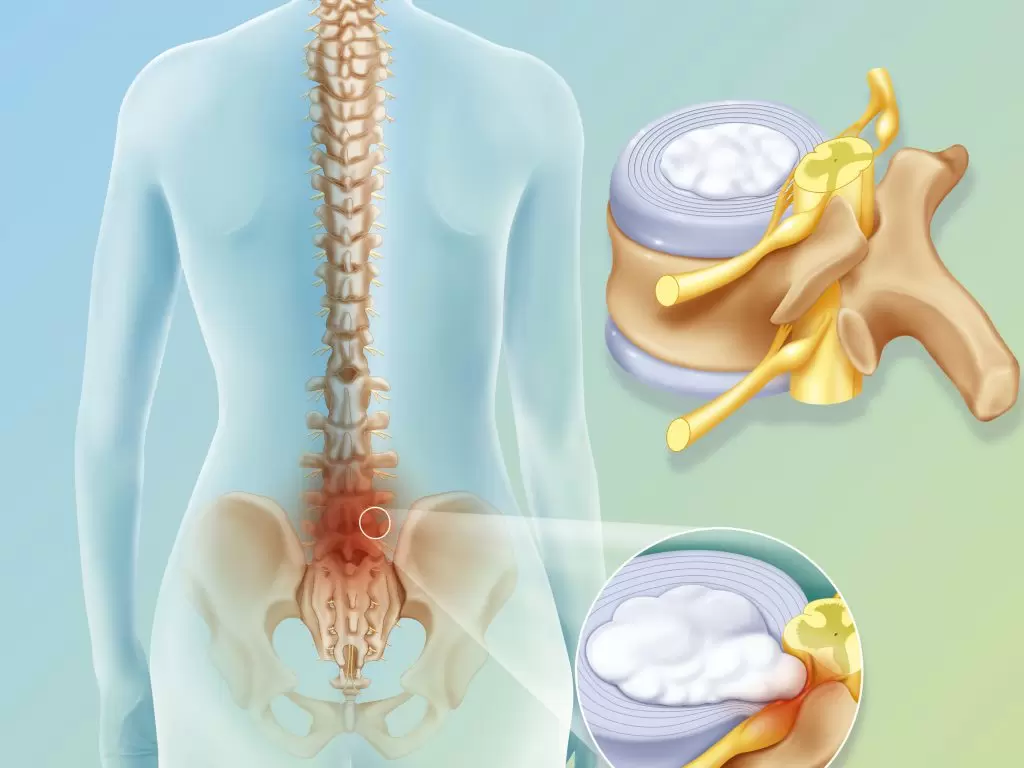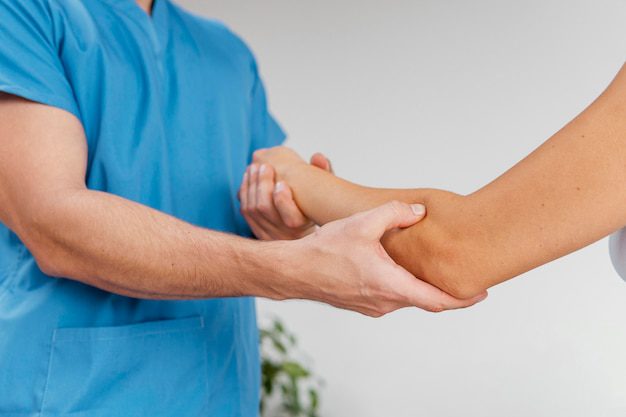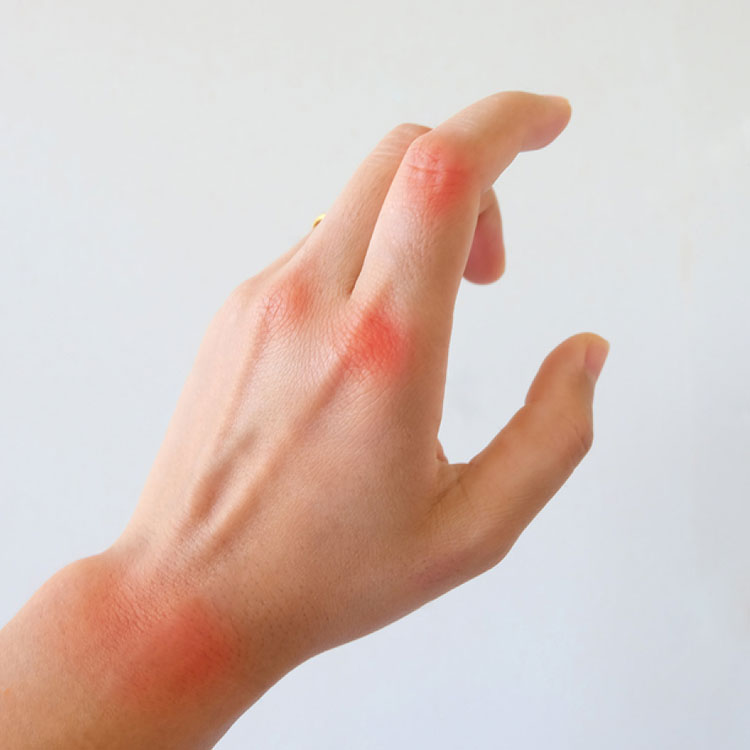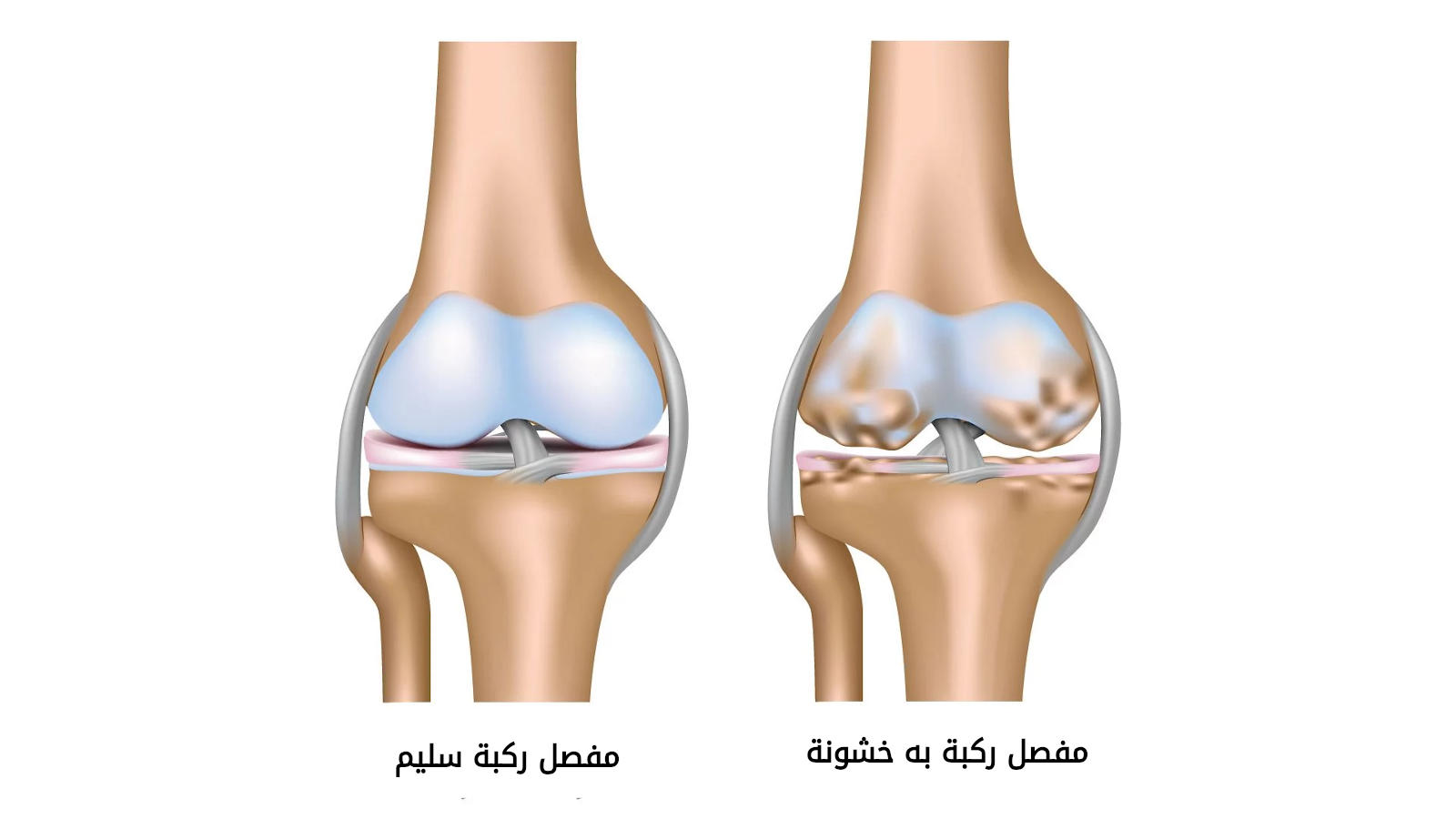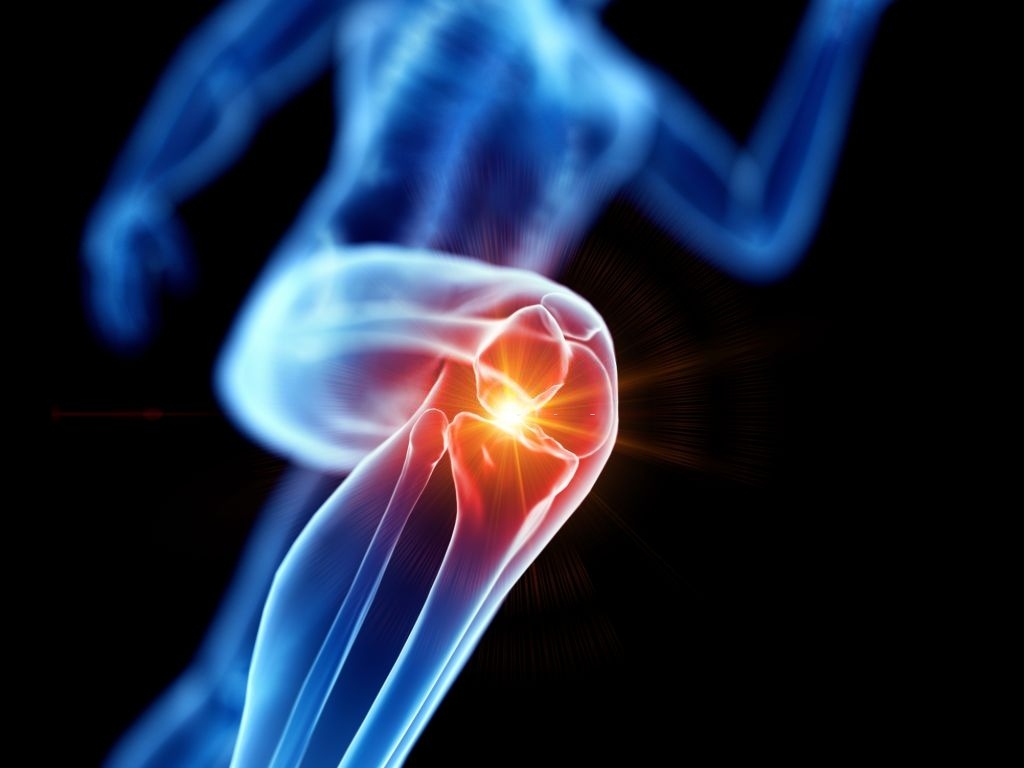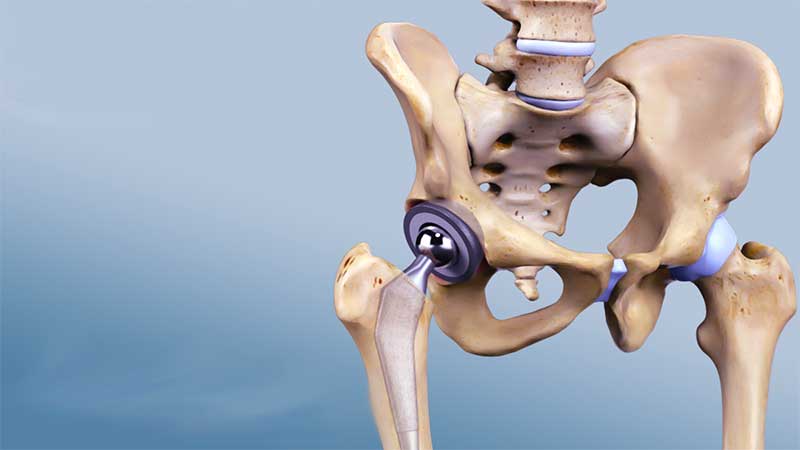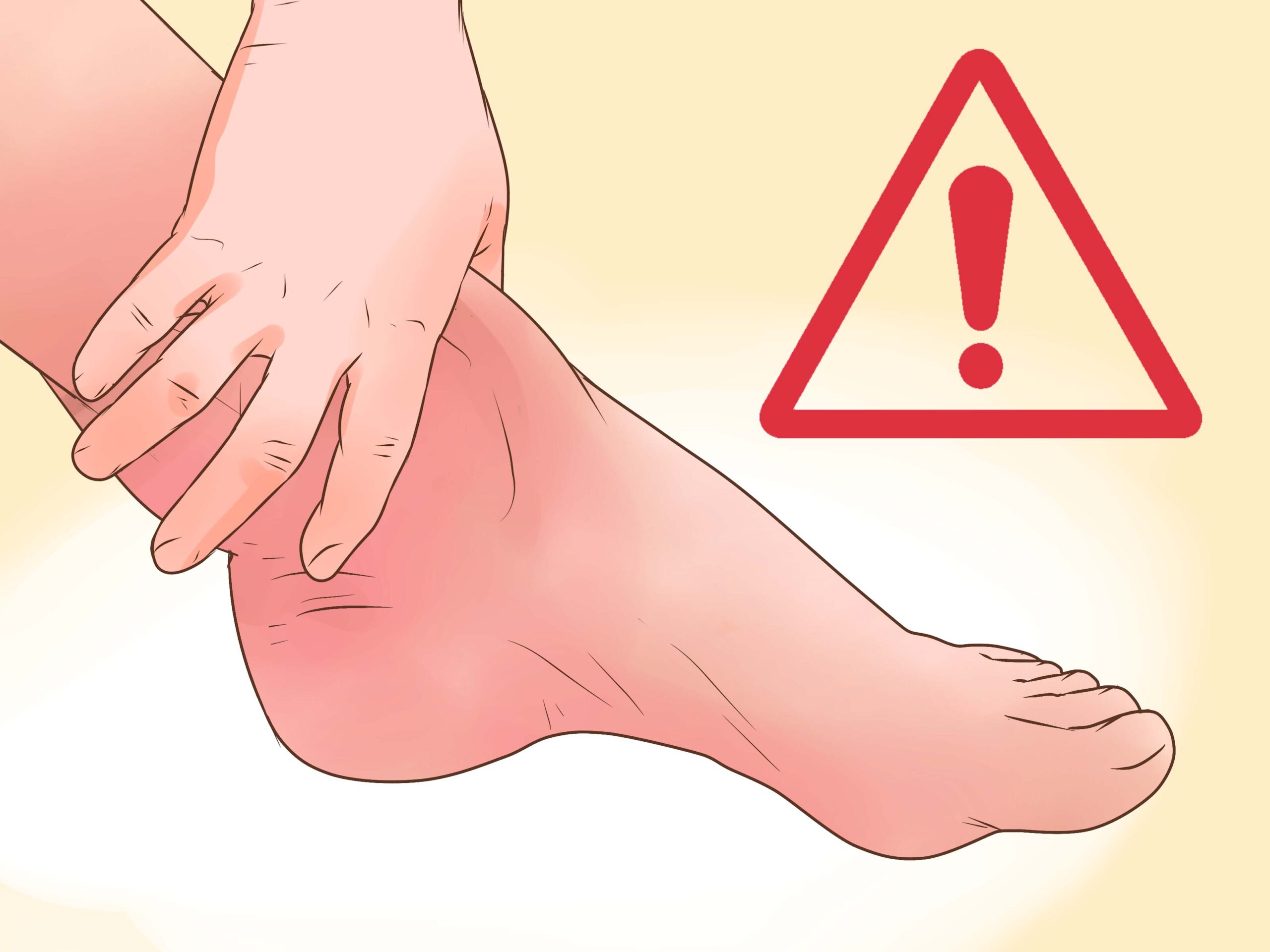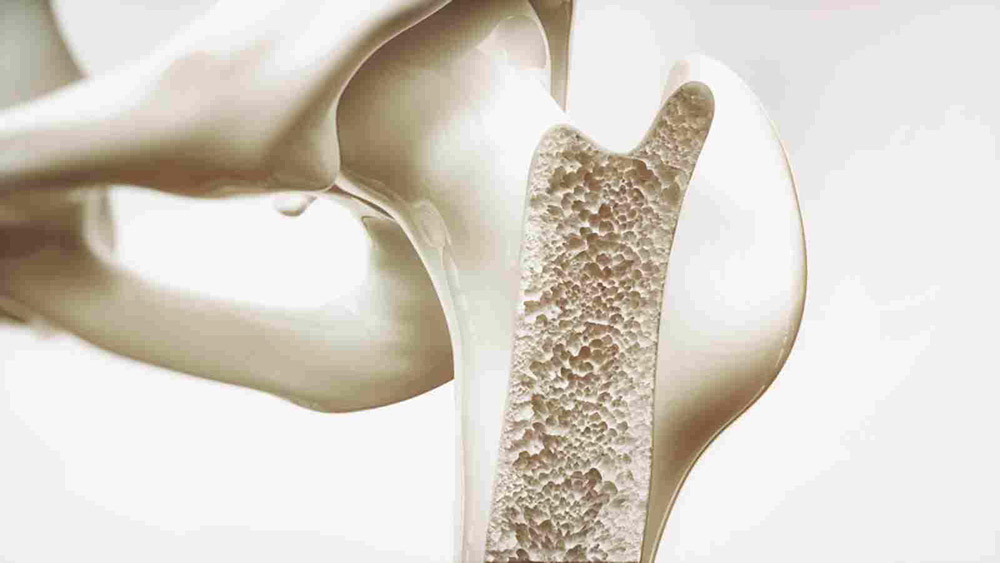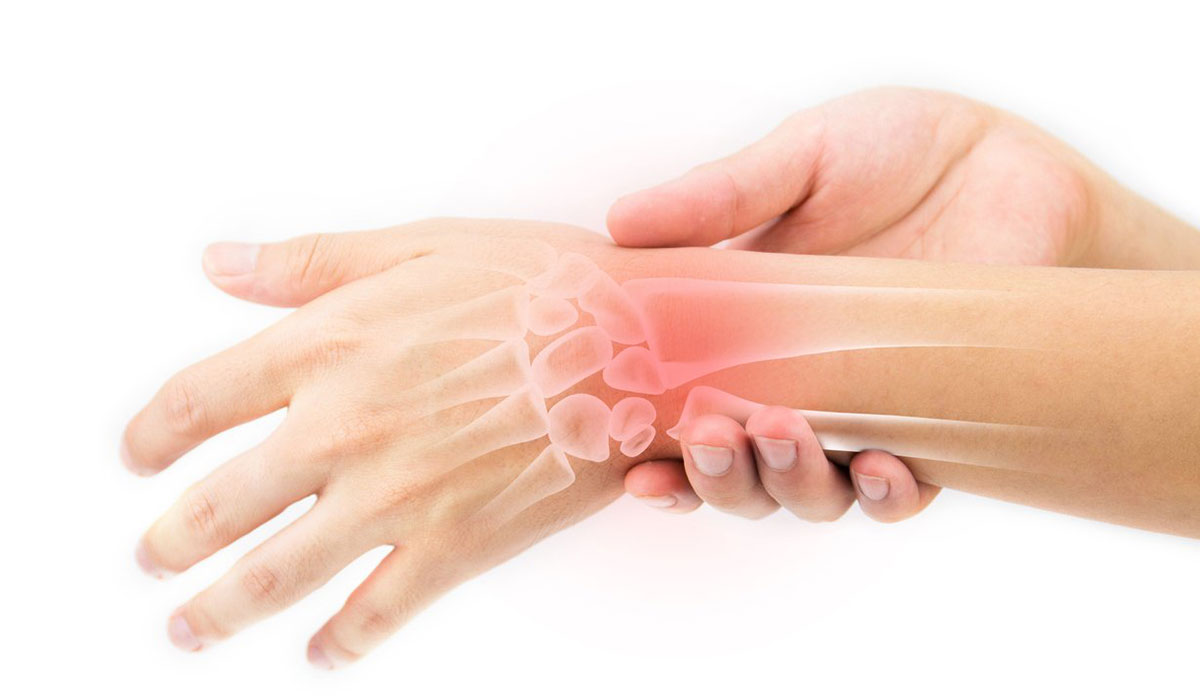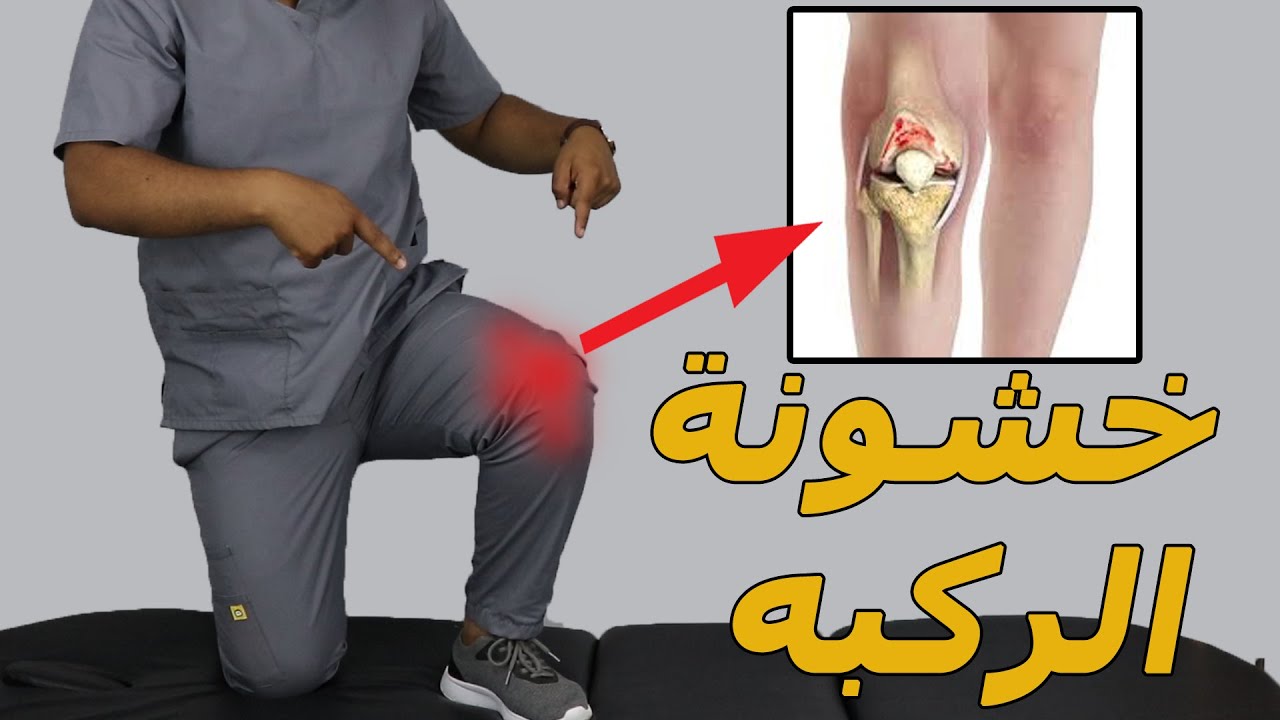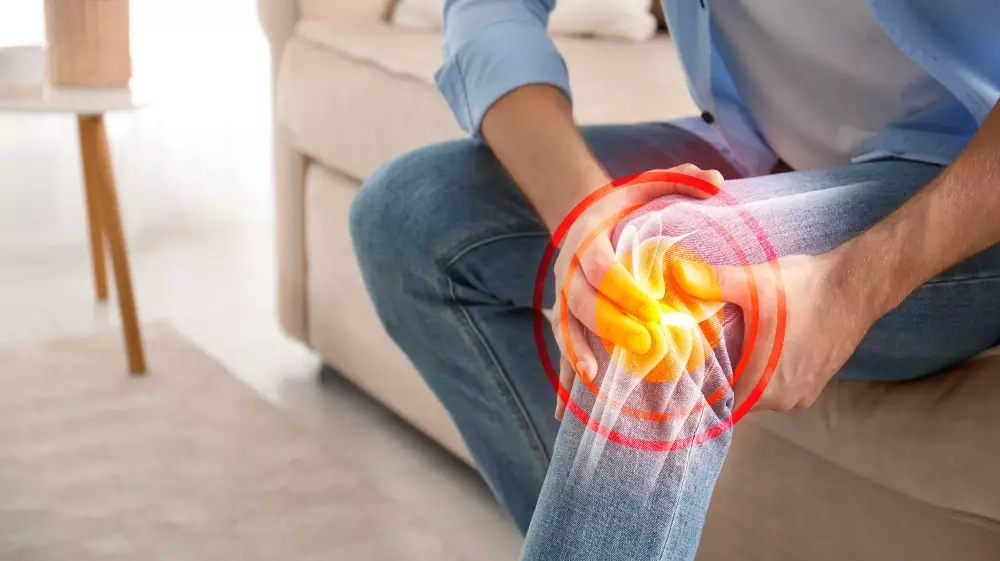What you do not know about the Achilles tendon
The Achilles tendon, or what is known as the shank tendon, is considered one of the largest and most important tendons in the human body because it is responsible for its movement in a large way, it allows him to walk well, and exposes them to any problem that affects the activity of the individual. In the following article, we will talk about more information regarding this topic and how to deal with this type of injury.
Achilles tendon
The Achilles tendon is a strong fibrous cord that connects the muscles and extends from behind the calf muscle to the heel bone, and the function of this tendon is that it directs the foot downward, rises above the toes, and pushes the foot while walking, and it is completely dependent on it every time the individual walks and moves his feet, and when extending the foot too much, it is possible to cut this tendon partially or completely.
This cut that occurs in the Achilles tendon affects the back of the lower leg, and this is more common among people who play recreational games, although this may affect anyone.
Duration of Achilles tendon rupture treatment
The duration of treatment for the cut that occurs in the Achilles tendon varies from one person to another according to the patient’s health condition and the extent of his physical strength, and the recovery period from this cut takes two to three months, and the individual is then able to lead his life normally again.
Achilles tendonitis
Many people want to know the causes of Achilles tendonitis to avoid its occurrence as much as possible, and this is the result of a lot of pressure on this and its use in a large way, and it is a tissue fold that works to connect the calf muscles that are located in the back of the lower leg in the heel bone, and runners are more susceptible to such an injury, especially if they exaggerate the duration of the run or if they increase the speed from their normal rate.
The inflammation that occurs in the Achilles tendon may also be a result of practicing some other types of sports other than running, such as tennis and basketball, if the individual practices them for long periods and not continuously, as standing on the fingers, jumping and running are the most common causes that lead to inflammation in this tendon, and this may also be associated with advancing age because the tendon becomes very weak.
How long does Achilles tendon treatment take?
When the individual is exposed to a problem in the Achilles tendon, whether in the form of a cut or the occurrence of infections, the treatment is determined according to the severity of the injury to which the individual was exposed and his health condition, as the treatment may end within 3 weeks of rest and adherence to the doctor’s instructions and the physiotherapy program, or this period may extend up to 3 months so that the individual has fully recovered.
How long does Achilles tendonitis treatment take?
This tendon is considered one of the largest and most consumed tendons in the human body, and therefore exposure to any problem in it affects the activity of the individual significantly, and here he must start receiving appropriate treatment for his condition immediately to prevent serious exacerbation of symptoms, and there the doctor’s choice of appropriate treatment depends on his condition and chooses between surgical and non-surgical solutions.
The surgical methods that are used to treat the Achilles tendon have become more advanced and safer than the previous periods, and resorting to them depends on the diagnosis that the patient undergoes from the doctor who specializes in the case, and the doctor himself chooses the most appropriate method that makes the tendon able to return to its previous activity, and he also advises, in addition to any method of treatment, to do some exercises that greatly help in strengthening the muscles.
What is the treatment for Achilles tendonitis?
The treatment of inflammation in the Achilles tendon varies according to the severity of the injury that the individual may have been exposed to and what are the most appropriate solutions for it, and here is how to treat Achilles tendonitis at home if the injury is mild and does not require surgery:
- Non-steroidal anti-inflammatory drugs: It is preferable not to use these drugs continuously for two months without consulting a doctor before that, and an example of them is ibuprofen.
- Rest: It is preferable during the treatment period to avoid doing any activities that require pressure on the Achilles tendon more than that, and to focus on light sports such as swimming.
- Ice: In order to calm the severity of infections, cold compresses are placed on the affected foot more than once a day for 20 minutes at a time.
- Pressure: It is preferable to wrap the injured foot with surgical tape or a medical wrap to relieve pressure on the tendon.
- Elevation: In order to calm the inflammation, care must be taken to raise the foot in which the tendon is inflamed from the rest of the body level when sitting so that it is close to the heart.
- Aerobic exercises: the focus is on exercises that work to stretch the stomach of the leg.
- Physiotherapy: It is a set of exercises recommended by the doctor to restore the tendon to its strength and does not put much pressure on it at the same time as strengthening exercises.
The duration of treatment for Achilles tendonitis ranges from a few weeks to 3 months, according to the extent to which the individual follows the doctor’s instructions during the treatment period, in addition to his physical health and the severity of the injury.
What are the symptoms of Achilles tendonitis?
When exposed to an injury to the Achilles tendon, at first a sound resembling a popping occurs and is accompanied by swelling in the patient’s foot, and it is noticed that a problem appears when pointing the toes, and the symptoms of inflammation of the Achilles tendon include:
- Tendon thickness becomes abnormal.
- Feeling severe pain that gets worse with movement.
- Inability to bend the affected foot.
- Loss of ability to exercise due to the severity of the pain.
- The appearance of bone spurs in the heel.
- The occurrence of stiffness in the foot from the bottom, especially in the morning periods.
- Aching pain in the back of the leg near the heel.
What happens when the Achilles tendon is cut?
When the Achilles tendon is cut, the individual feels as if he was kicked hard in the back of the ankle down the leg, and this feeling is very painful and accompanied by swelling near the heel area, and the individual is also not able to bend the foot downward or push the leg while walking, and it also becomes difficult to stand on the toes.
In response to questions about how to treat the Achilles tendon after the cut, the individual is committed during that period to walking based on crutches and applying cold compresses in order to calm the severity of the inflammation, and it is possible to take painkillers if it becomes severe in the first weeks and follow the doctor’s instructions well until the recovery period is well.
How long does Achilles tendon surgery take?
The surgical procedure that is performed to treat the Achilles tendon takes time from half an hour to a full hour, and this solution is in the event of severe injury and no improvement from other treatment methods, and the individual is then able to move freely as the tendon recovers.
Achilles tendon rehabilitation
Physiotherapy for the Achilles tendon is very important and is considered one of the most important stages in the treatment, as it is fully responsible for restoring the muscles to their strength again and the ability of the tendon to perform its function well, and it is a set of exercises recommended by doctors and they determine them according to the individual’s condition, and the patient can return to normal life again within four to six months.

